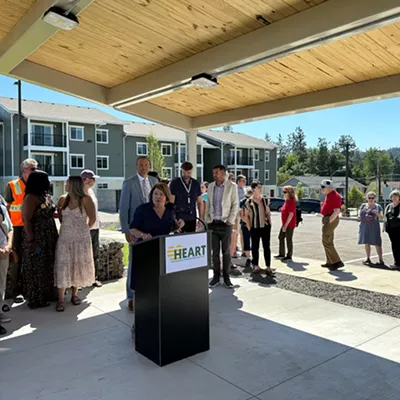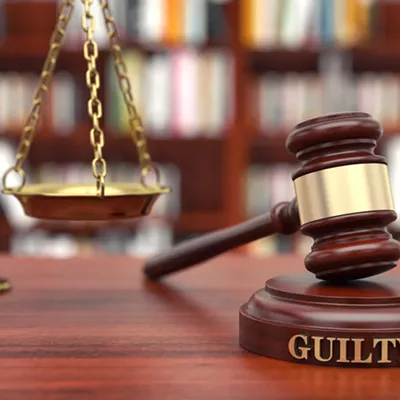Actually the Avista bills have been this way for some time now. I have been under strict orders to write this story for months, yet time after time some other fascinating story gets in the way -- like Freegans, or crab genocide. Finally, and it has nothing to do with the firing squad across the desk from me, my former supervisor -- you know who you are -- can finally heave a sigh of relief and check this item off his Bucket List. We all know it was on there.
But check it out! I am a journalist (which is ancient Latin for "mathematical dunce") and was instantly suspicious that in this era of rising fuel costs, Avista was making a sly move.
"Look," I would chortle smugly to myself, "my bill only takes a tiny fraction of all these boxes. I am one super-frugal fellow, not like the sorry bastards who fill out all these boxes."
So that was my paranoid hunch: that Avista was trying to hide my growing energy bill in plain sight just by adding extra boxes and making it look small.
Being a journalist (which is ancient Chinese for "nosy SOB"), I called up Avista spokeswoman Catherine Markson to investigate my theory.
Astonishingly, Markson had been taken off her media relations duties for a year to head up the redesign and streamlining of the Avista bill (for technical junkies, it is actually called the "remittance coupon").
"Really, it was a fun project having to come up with a universal remittance slip," Markson says, one that can be used by single households as well as "our largest industrial customers."
Markson would not say who "our largest industrial customers" are. Maybe it's the indoor farmer down your street but a quick head-scratch to think of industries that demand a lot of electricity could include, say, the aluminum industry. Or, say, paper mills. Now who could that be?
The project was a real eye-opener about natural resources and industrial waste, Markson says.
"I was amazed at the complexity involved in billing," she says. "I had the opportunity to tour bill preparation centers across the country that were these huge production houses where you would see not just Avista bills, but Visa and American Express. You'd see these production houses with huge reams of paper and the electricity and the waste and all the input that goes into producing a paper bill."
The environmental cost appears staggering, she says. One big printing press spinning full tilt to make the Avista bill. Another one somewhere else making the envelopes. Yet another printing press is running full bore to print your checks. And another one making your envelopes.
"I saw rolls of paper twice my height and ream after ream after ream ... and each one is made into a bill and trucked, shipped, mailed, put in a plane and delivered and eventually opened and put in the trash and then the landfill," she says.
The biggest lesson of the redesign project is the size of the carbon footprint creating paper bills, she says, not the number of boxes on the bill.
"We send about 6 million letters, bills and notices a year. It would be nice to reduce this," she says.
It was an awakening for Markson. "It was like I had been living under a rock.
"I went right home and put everything on e-bill."














